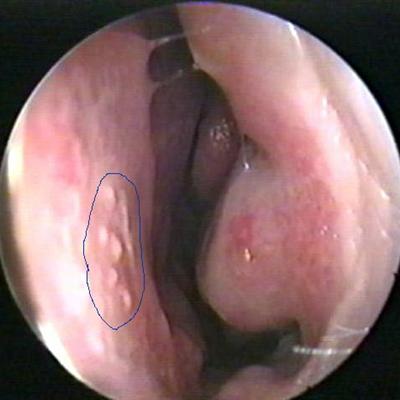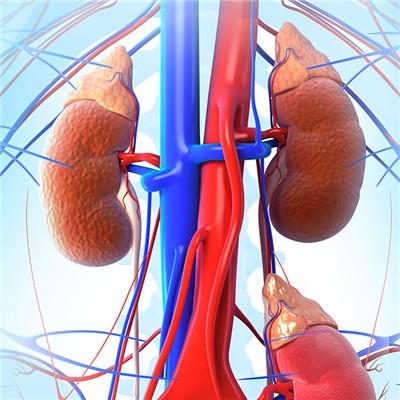How does sinusitis have nasal discharge to return a responsibility?
summary
Why do patients with sinusitis have nasal mucus flowing back to the throat, and this kind of situation may generally lead to physical problems of patients. Sinusitis is a kind of nasal disease, which is very common in the Department of Otorhinolaryngology of the hospital like allergic rhinitis. When suffering from sinusitis, we will have this feeling, often have a runny nose will flow back in the throat, very uncomfortable. We also know that sinusitis, but what harm to the body is still very confused. Now let me talk to you about sinusitis and nasal discharge?.
How does sinusitis have nasal discharge to return a responsibility?
First: runny nose to the throat is just one of the common clinical manifestations of sinusitis, the nose includes the nasal cavity and sinuses, "sinus" means hole, cavity. Sinuses are cavities in human craniofacial bones. The walls of sinuses are covered with mucous membranes, which communicate with the nasal cavity through the ostium. They play a role in reducing the weight of skull, regulating air flow and nasal resonance.

Second, according to the location of the skull, the human nasal sinuses are divided into four groups: maxillary sinus, sphenoid sinus, frontal sinus and ethmoid sinus. The pus in the sinuses flows into the nasal cavity through the mouth of the sinuses. Due to the different position of the mouth of the sinuses, the pus will flow in different directions. For example, the flow direction of the river will change with the different river courses. Maxillary sinus, frontal sinus, anterior ethmoid sinus drainage forward, usually blowing out from the anterior nostril; Sphenoid sinus and posterior ethmoid sinus drainage backward and downward, so it will flow backward through the posterior nostril into the pharynx. Sometimes the nasal mucus is thick. It needs to be sucked hard and spit out through the mouth. It feels like phlegm. It is actually purulent nasal mucus. This is the secret of nasal mucus flowing back into the throat. Reflux in the oropharynx, commonly known as "throat" purulent nasal mucus, contains a large number of bacteria, which can stimulate the pharyngeal mucosa. Long term stimulation can cause pharyngeal itching and pain, especially in the morning. If the purulent nasal mucus is too much or does not spit out in time and flows down to the throat, it can cause cough and chest tightness. Sometimes children will swallow the purulent nasal mucus. If the purulent nasal mucus enters the stomach, it will cause nausea, vomiting and loss of appetite. In the long run, it will also cause stomach diseases and other diseases. Some patients can also be accompanied by olfactory decline, generally not be noticed, until it becomes more serious (some people can not even smell the gas leak) before attention.
Third: if these symptoms persist for more than three months, chronic sinusitis can be considered. If the child is too young to explain the disease, parents should observe it carefully. If children have persistent yellow purulent nasal discharge, or have thick sputum in the mouth, with nasal obstruction, sleep with mouth open suction, poor appetite, inattention, and poor performance, they should go to the Department of otolaryngology in time. Generally, the diagnosis can be made by nasal endoscopy or sinus CT. When found with sinusitis, it is necessary to go to the hospital for examination and treatment in time, so as not to delay the best time for treatment. As long as the pathogen is identified and modern science and technology is adopted, it can be cured.

matters needing attention
Therefore, when you encounter rhinitis, you need to quickly recuperate. The earlier you recuperate, the faster you recover. Don't blindly delay, so as to improve the difficulty of recuperation.











